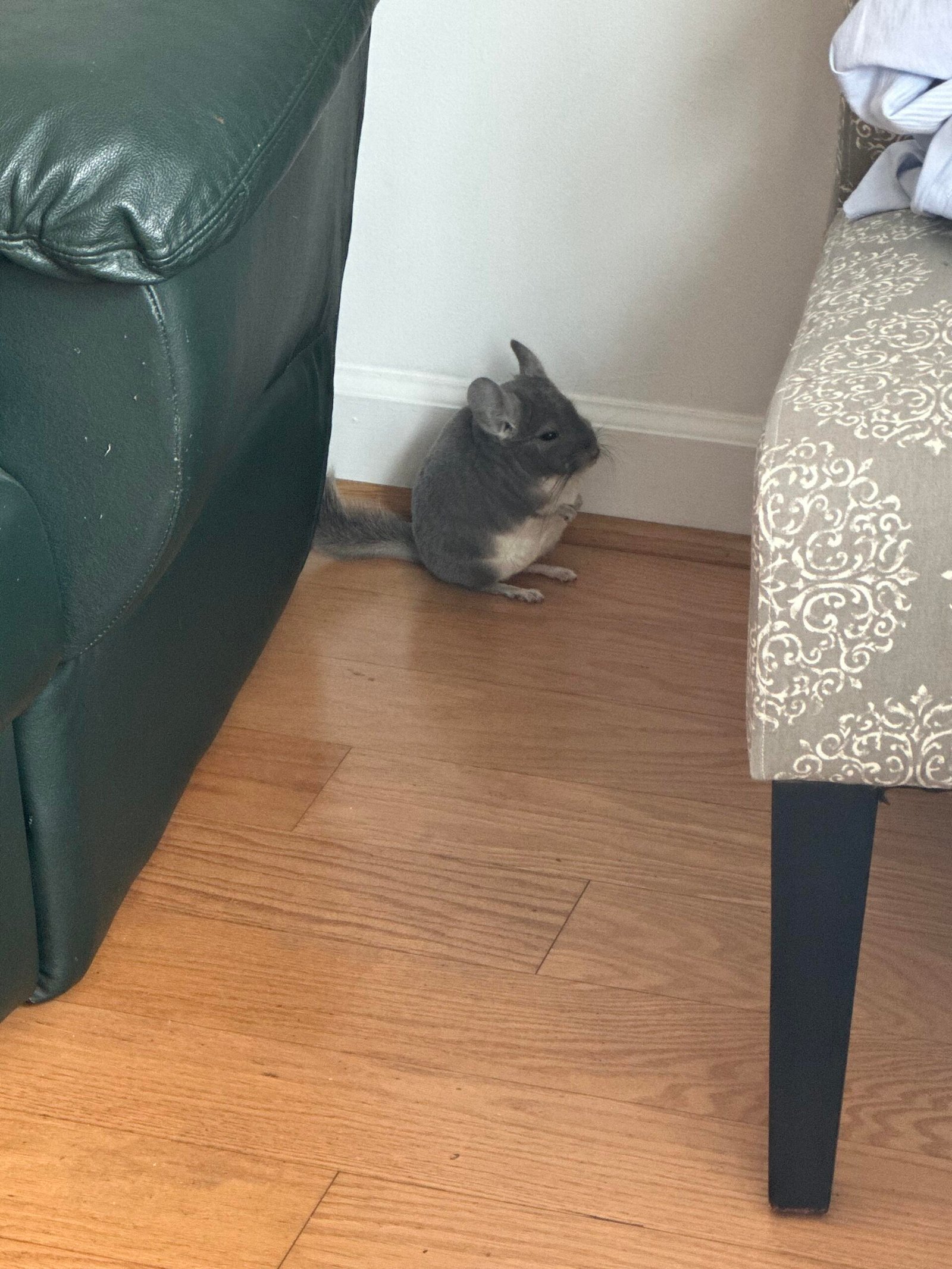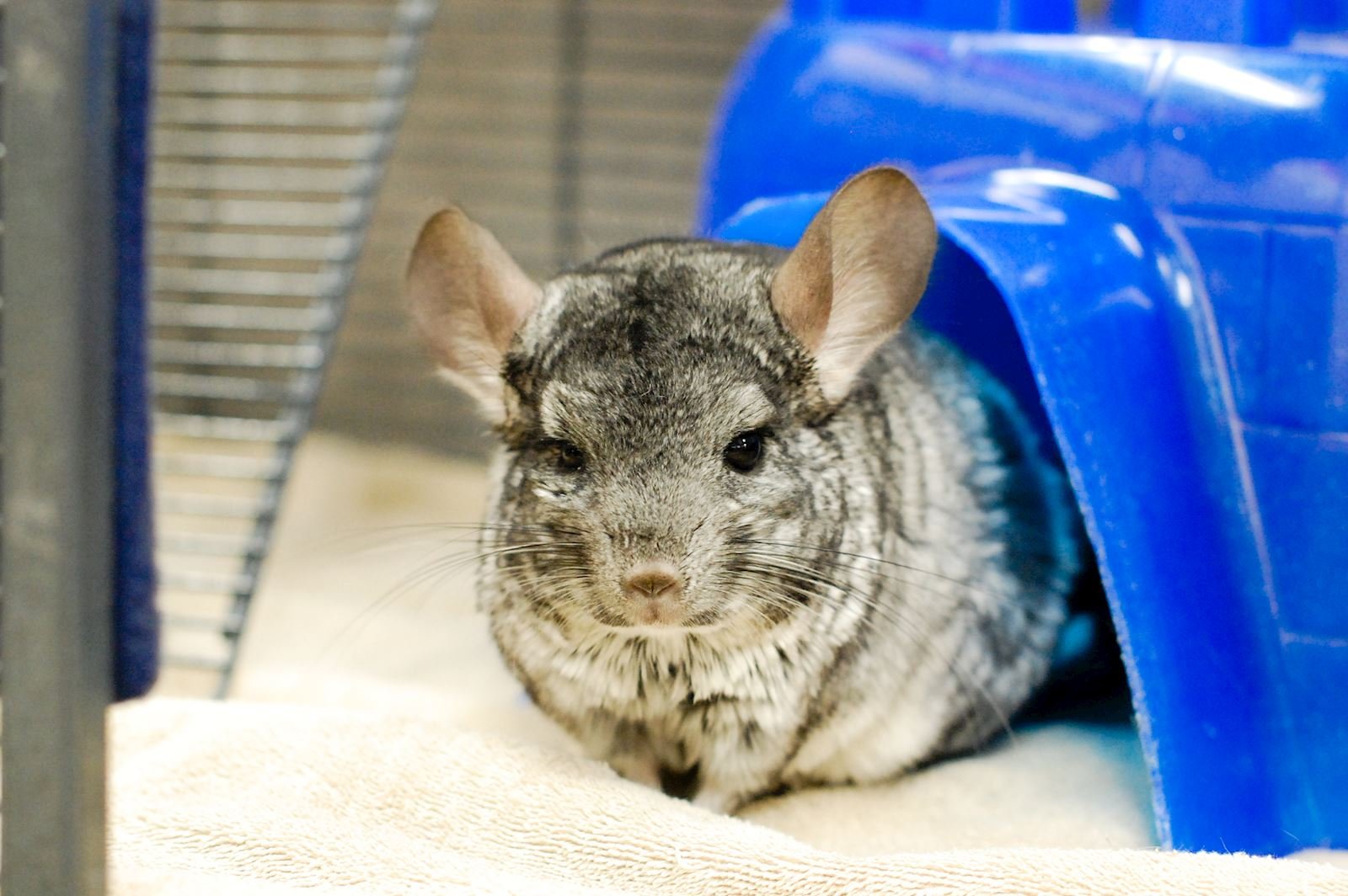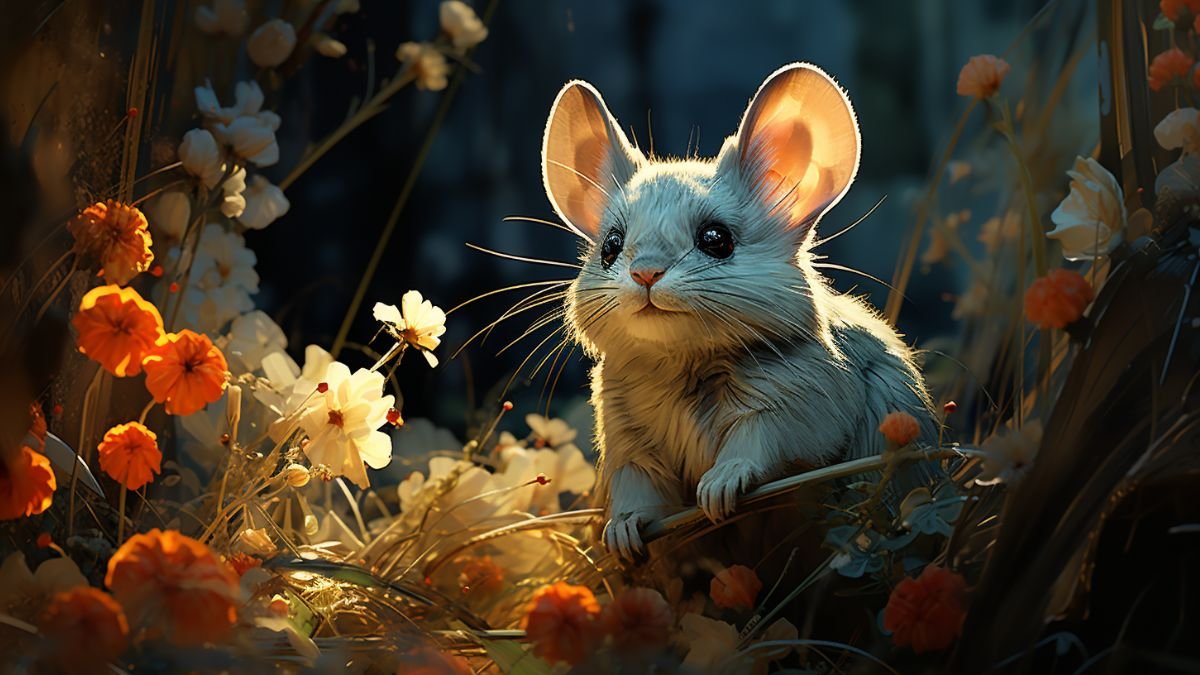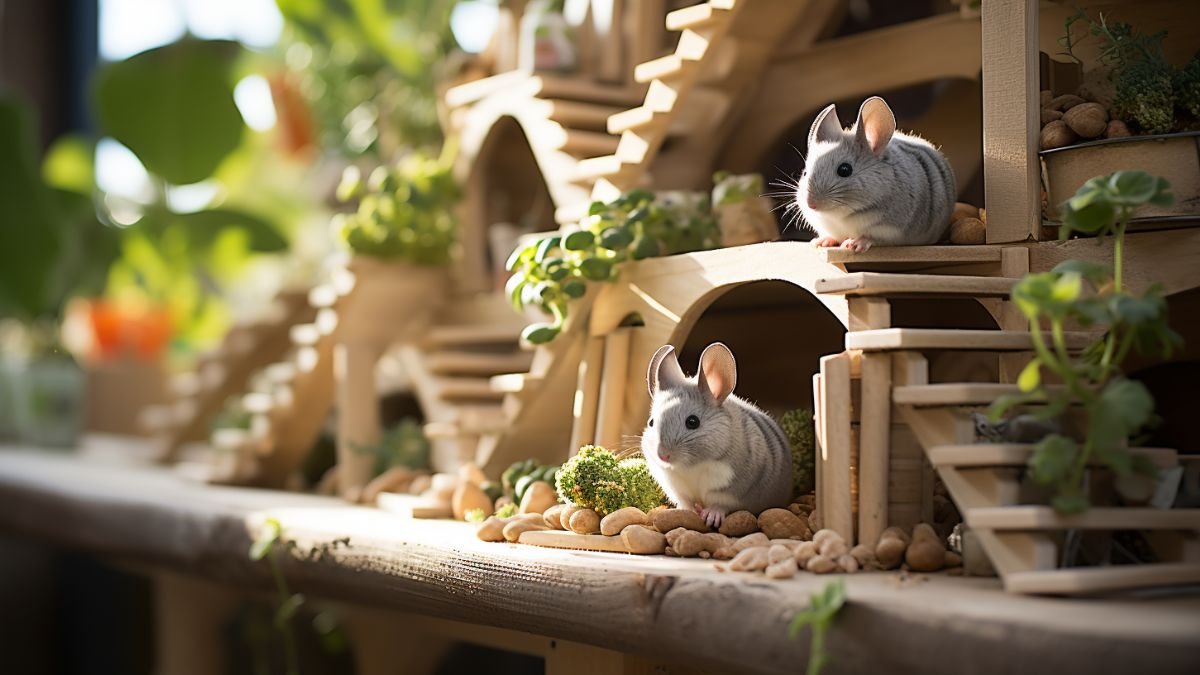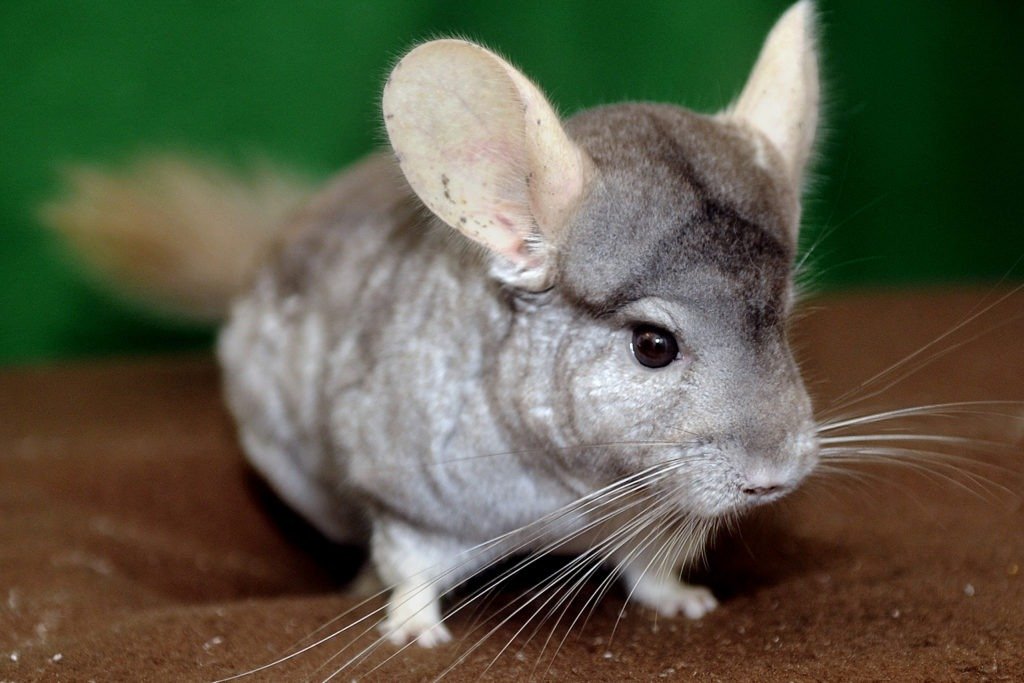
If you’ve just brought a chinchilla home or want to build a stronger bond with your furry friend, learning how to get your chinchilla used to handling is key. These gentle creatures can be shy and nervous at first, but with the right approach, you can help them feel safe and comfortable in your hands.
Imagine the joy of holding your chinchilla without stress or fear—this article will guide you step-by-step to make that happen. Keep reading to discover simple, proven techniques that will turn handling time into a moment both you and your chinchilla look forward to.

Credit: www.marylandzoo.org
Preparing Your Space
Preparing your space is the first step to help your chinchilla feel calm. A quiet, safe spot makes handling easier for both of you. This space should invite trust and reduce stress. Setting it up right helps your chinchilla learn to enjoy being held.
Choosing A Quiet Area
Pick a calm place away from loud noises and busy activity. Avoid spots near televisions or kitchens. A quiet room helps your chinchilla stay relaxed. Less noise means fewer distractions and less fear.
Creating A Safe Environment
Make sure the area is free of sharp objects and hazards. Use soft mats or towels to cushion the floor. Keep the space enclosed to stop your chinchilla from escaping. A safe spot builds confidence and trust during handling.
Building Trust Gradually
Building trust with your chinchilla takes time and patience. This process helps your pet feel safe and comfortable. Trust makes handling easier and less stressful for both of you. Start slow and respect your chinchilla’s pace. Small steps lead to big progress.
Approaching Calmly
Move slowly and quietly near your chinchilla. Sudden moves can scare your pet. Speak softly or stay silent to avoid stress. Let your chinchilla see and hear you before touching. Sit near the cage and relax. This shows you are not a threat. Watch your pet’s body language. If it seems nervous, give more space and time.
Using Treats Effectively
Treats help create positive feelings about handling. Offer small, healthy snacks your chinchilla likes. Hold the treat in your hand and let your pet come close. Avoid forcing treats or grabbing your chinchilla. Repeat this often to build trust. Use treats to reward calm and gentle behavior. This encourages your chinchilla to stay relaxed during handling.
Step-by-step Handling Techniques
Getting a chinchilla used to handling takes patience and care. Follow clear steps to build trust slowly. This helps your pet feel safe and calm. Regular, gentle handling improves your bond.
Start with easy steps. Watch your chinchilla’s reactions. Stop if it seems scared or stressed. Respect its pace and feelings.
Starting With Short Sessions
Begin handling your chinchilla for just a few minutes. Short sessions prevent stress and fear. Let your chinchilla explore your hand first. Keep sessions calm and quiet. Gradually increase time as your chinchilla feels more comfortable.
Gentle Touch And Support
Use soft hands when touching your chinchilla. Support its body fully to avoid slipping. Hold it close to your chest for security. Avoid sudden moves or loud noises. Speak in a soft voice to soothe your pet.
Recognizing Chinchilla Body Language
Understanding chinchilla body language is key to gentle handling. These small animals use their bodies to show how they feel. Watching their movements helps you know when they are happy or scared. This knowledge builds trust between you and your chinchilla. It makes handling easier and safer.
Signs Of Comfort
A calm chinchilla stays still or moves slowly. They may close their eyes or blink softly. Soft chewing sounds or gentle grooming show comfort. Their ears point forward or relax to the sides. A relaxed tail, not twitching, means they feel safe. They might sit or lie down quietly near you. These signs mean your chinchilla trusts you and feels safe.
Signs Of Stress
Stress makes chinchillas move quickly or jump around. Loud squeaks or high-pitched sounds warn of fear. Flattened ears pressed close to the head show discomfort. They may bite or scratch to protect themselves. Rapid breathing or wide eyes mean they feel scared. A twitching or stiff tail signals nervousness. Spotting these signs helps you stop handling and give space.
Common Mistakes To Avoid
Getting your chinchilla used to handling takes time and patience. Avoiding common mistakes helps build trust faster. Mistakes can scare your pet or slow progress.
Watch your chinchilla’s behavior closely. Learn what makes it comfortable or stressed. Respect its pace and signals to create a good bond.
Forcing Interaction
Never grab or hold your chinchilla suddenly. Forcing contact makes it scared and stressed. Let your pet come to you first. Offer treats or gentle words to invite interaction. Holding too soon can cause fear and distrust.
Ignoring Chinchilla Signals
Chinchillas show signs when they feel unsafe or annoyed. Tail flicks, teeth grinding, or trying to escape mean stop. Ignoring these signs harms your bond. Always pause and give your chinchilla space. Respecting signals helps build trust and comfort.
Maintaining Consistency
Maintaining consistency is key to helping a chinchilla get used to handling. Chinchillas feel safe when they know what to expect. Regular, calm interactions build trust over time. Sudden changes or long gaps can cause stress and fear. Patience and steady habits make your chinchilla more comfortable with touch and handling.
Regular Handling Routine
Set a specific time each day for handling your chinchilla. Short sessions, about five to ten minutes, work best. Handle your chinchilla gently and quietly. Choose a calm, safe place without loud noises. Consistent timing helps your chinchilla learn that handling is normal and not scary. Avoid skipping days to keep the routine steady.
Positive Reinforcement
Use treats or soft praise to reward calm behavior during handling. Offer small snacks your chinchilla likes right after each session. This creates a positive link with being touched. Speak softly to keep your chinchilla relaxed. Avoid punishment or sudden movements that might frighten your pet. Rewards make your chinchilla eager for the next handling time.
When To Seek Professional Help
Getting a chinchilla used to handling can be a slow process. Sometimes, challenges arise that need expert support. Knowing when to seek professional help ensures your pet stays safe and happy. Professionals can guide you through tough situations and improve your chinchilla’s comfort with handling.
Behavioral Challenges
Chinchillas may show fear or aggression. Biting, screaming, or constant hiding can mean stress. If these behaviors continue despite gentle handling, a behaviorist can help. Experts can identify causes and suggest calming techniques. They teach ways to build trust safely and effectively.
Health Concerns
Health problems can affect how your chinchilla reacts. Pain or illness may cause sudden changes in behavior. Watch for signs like swelling, lethargy, or unusual movements. A vet can check for underlying health issues. Treating health problems can make handling easier and less stressful for your pet.
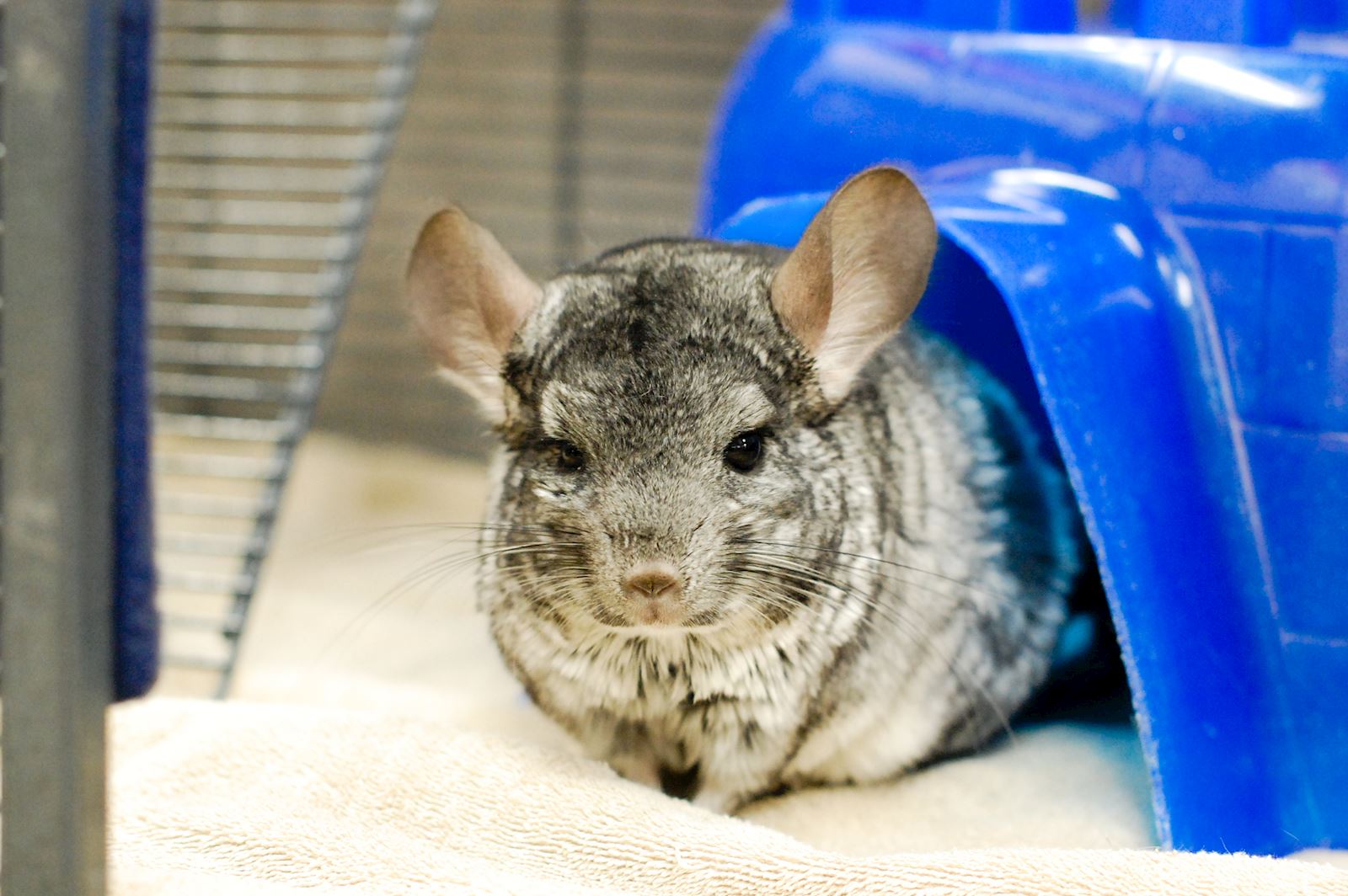
Credit: www.arl-iowa.org

Credit: www.ebay.com
Frequently Asked Questions
How Do I Start Handling My Chinchilla Safely?
Begin by creating a calm environment. Approach your chinchilla slowly and speak softly. Offer treats to build trust before gentle handling.
How Long Does It Take To Tame A Chinchilla?
Taming varies, but typically takes 2 to 4 weeks. Consistent, gentle handling daily speeds up the process. Patience and routine are key for success.
What Are The Best Treats For Taming Chinchillas?
Offer small pieces of dried rose hips, plain oats, or raisins. Avoid sugary or fatty snacks. Healthy treats encourage positive interactions and trust.
How Often Should I Handle My Chinchilla?
Handle your chinchilla daily, ideally 10 to 15 minutes per session. Regular handling helps your pet become comfortable and reduces stress.
Conclusion
Getting your chinchilla used to handling takes time and patience. Start slow and be gentle. Let your pet feel safe and comfortable. Handle your chinchilla often but in short sessions. Always watch its reactions and stop if it seems stressed.
Trust grows little by little. Soon, your chinchilla will enjoy being held. This helps build a strong bond between you and your pet. Keep practicing regularly for the best results. Caring for your chinchilla this way makes both of you happy.

